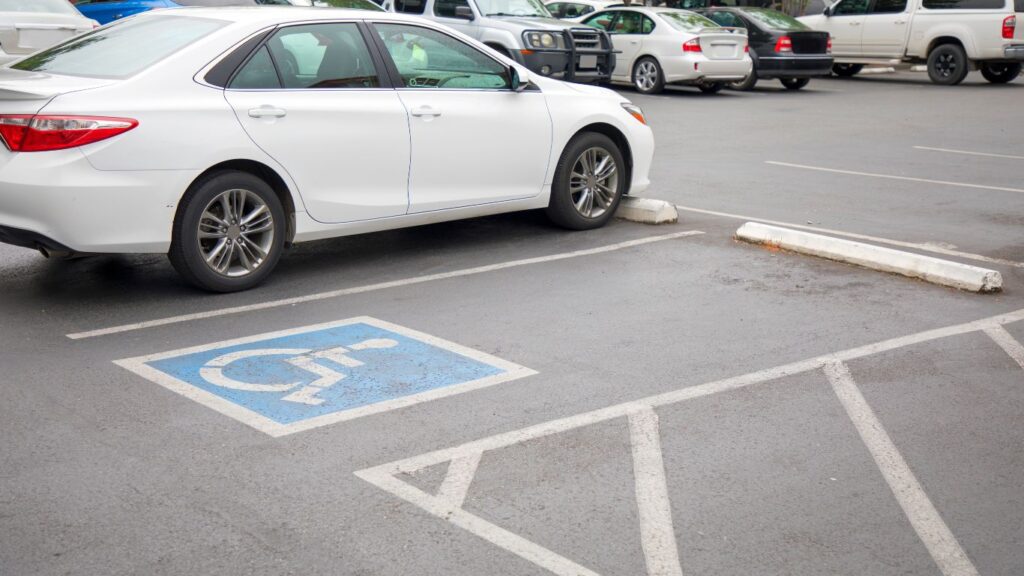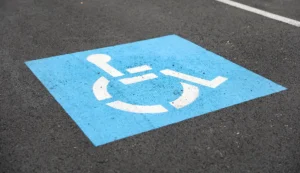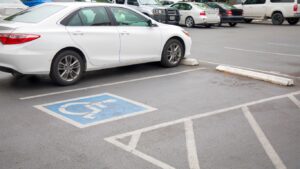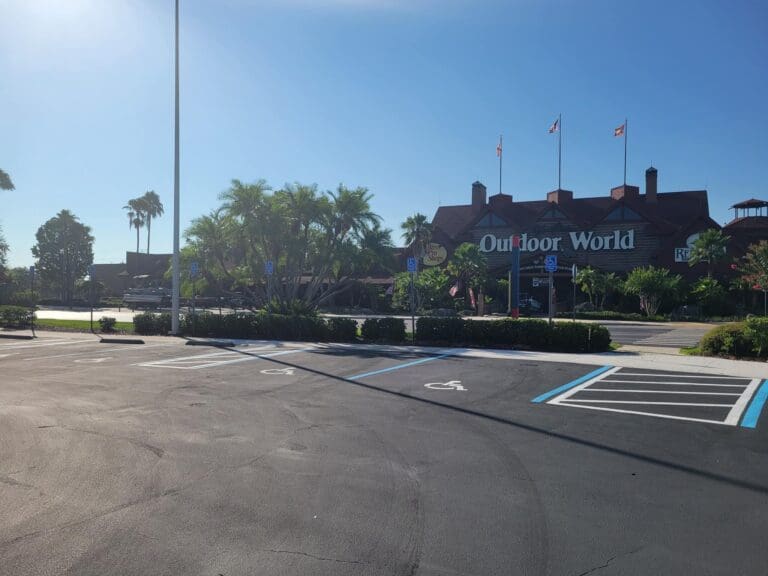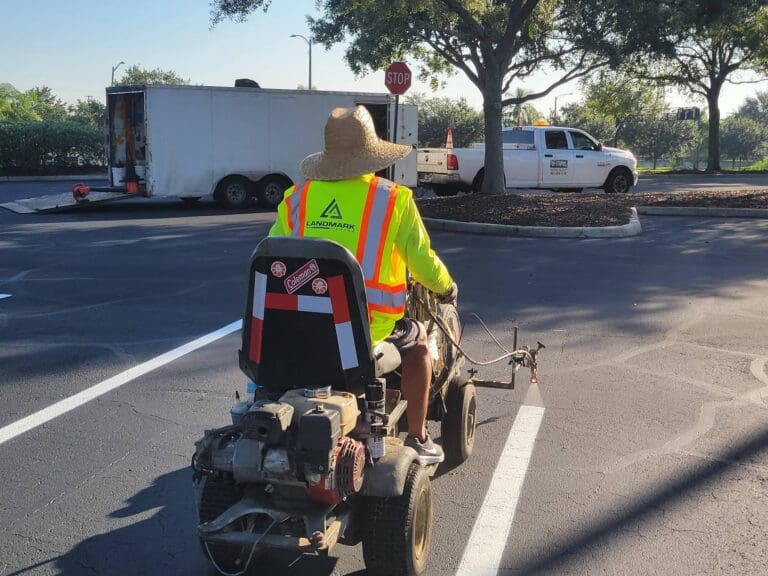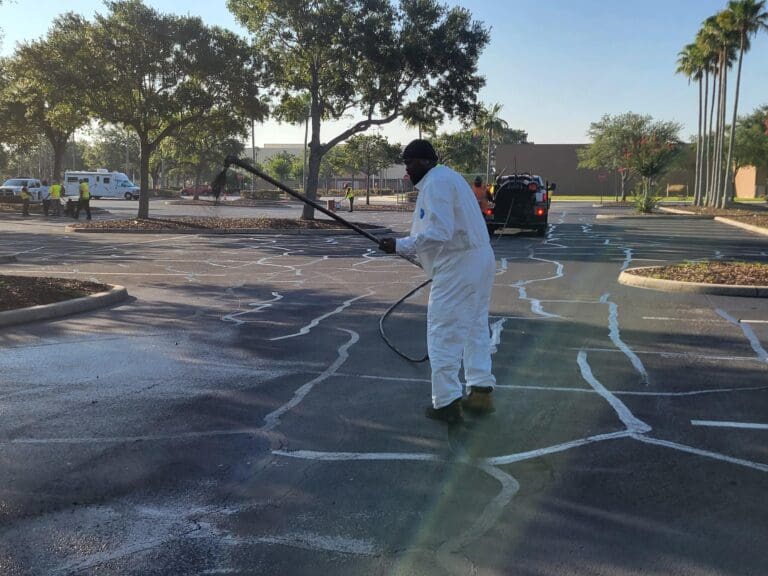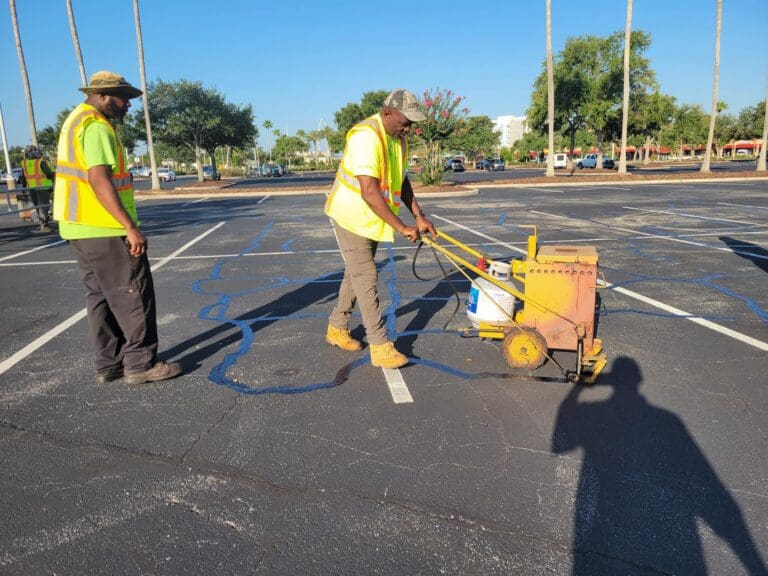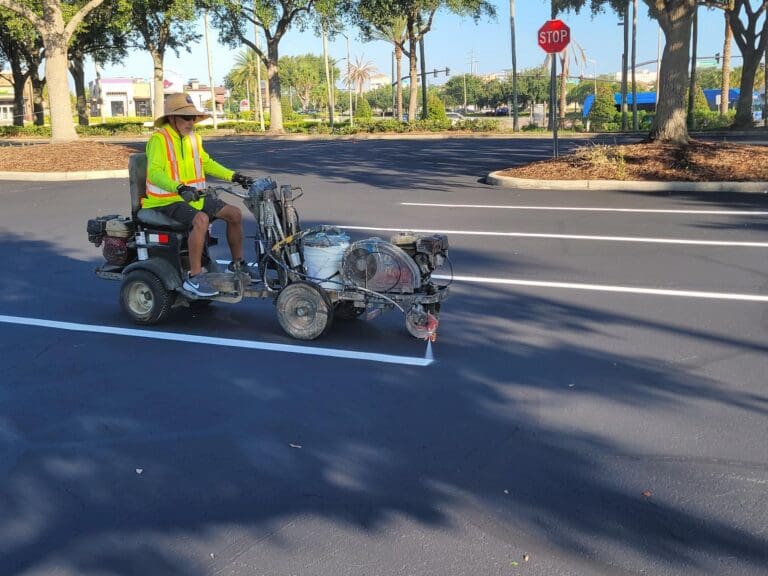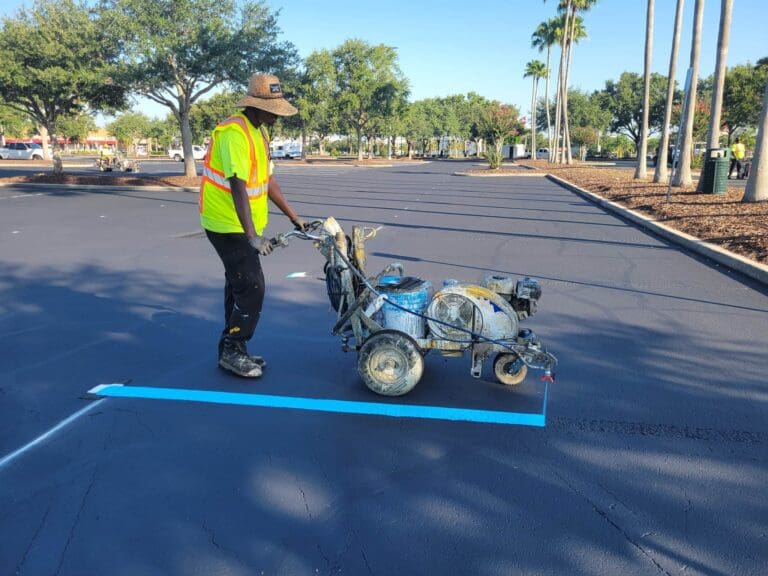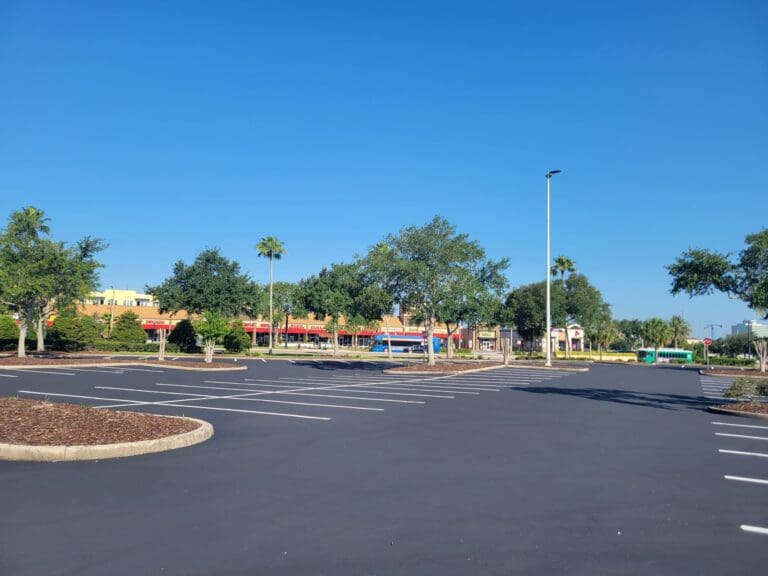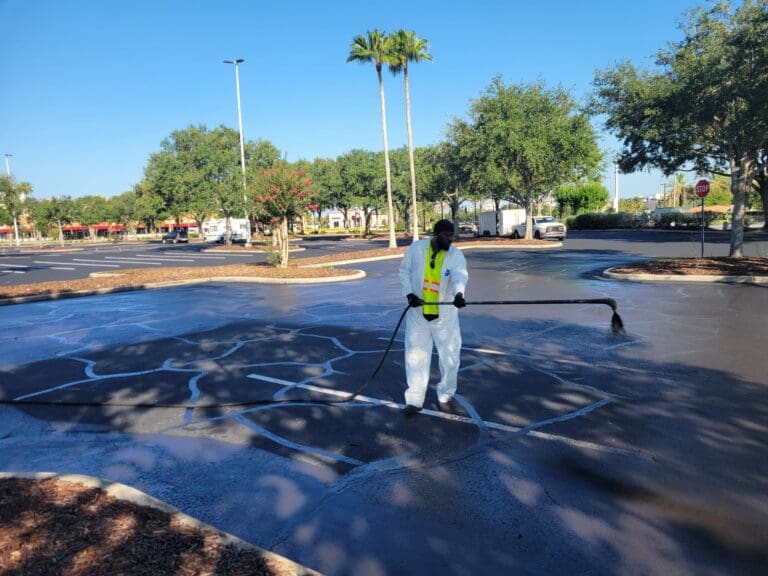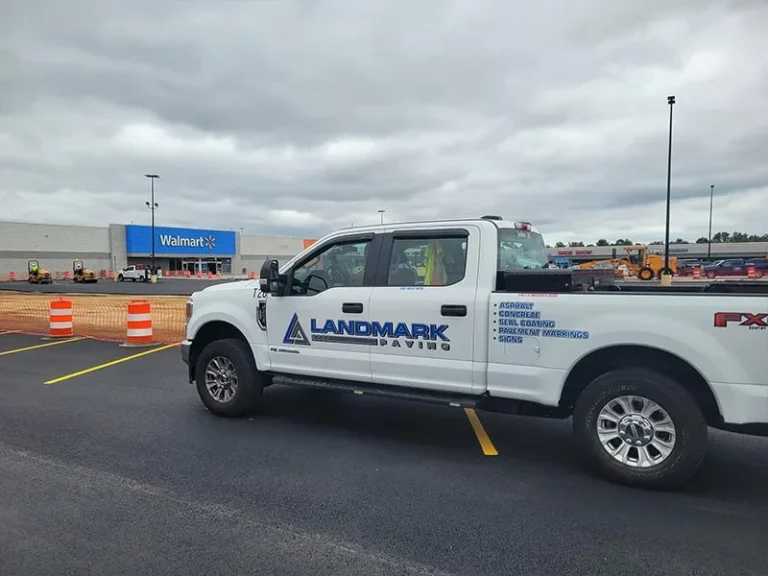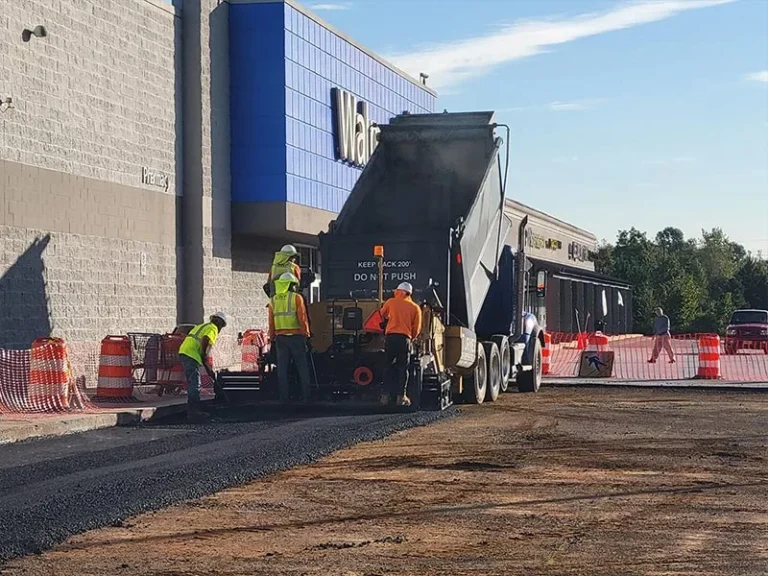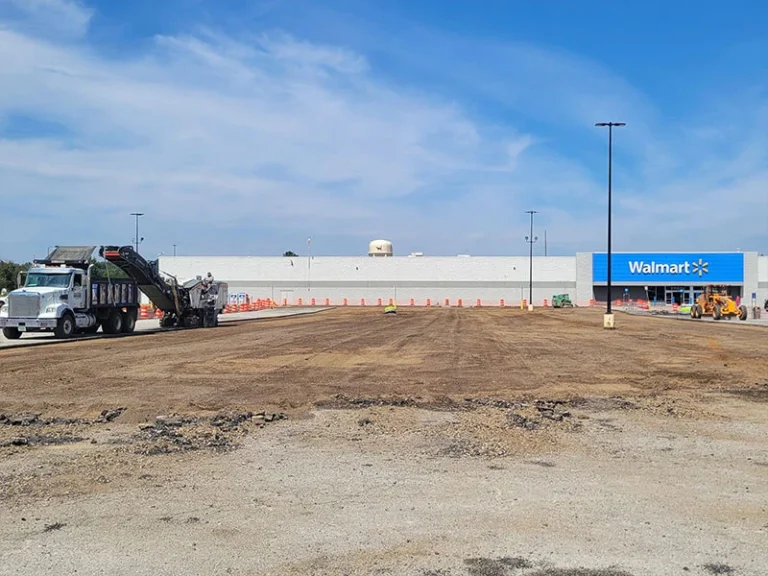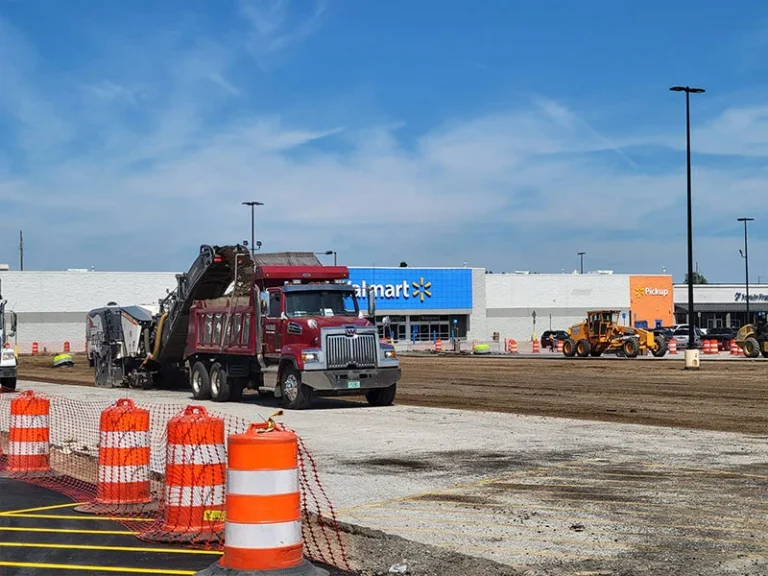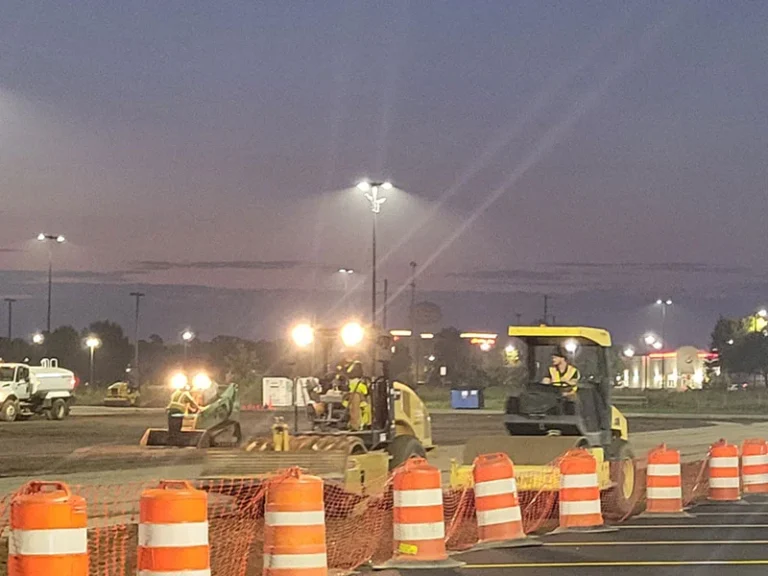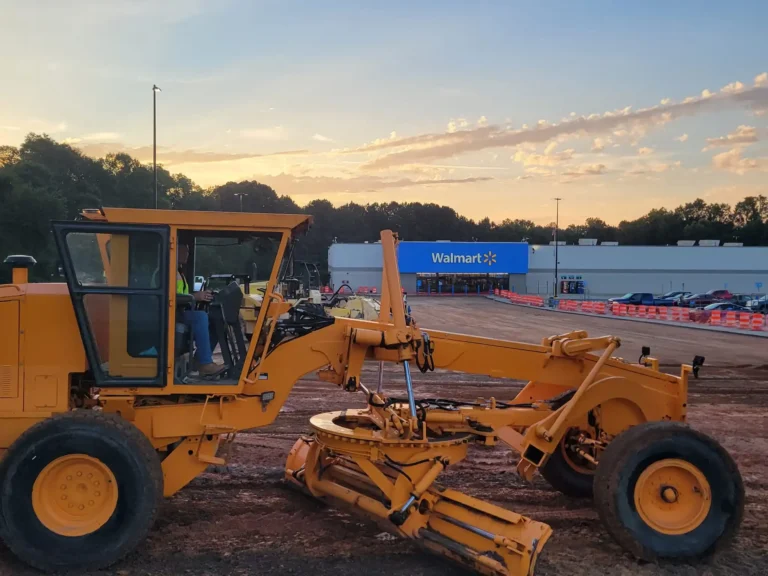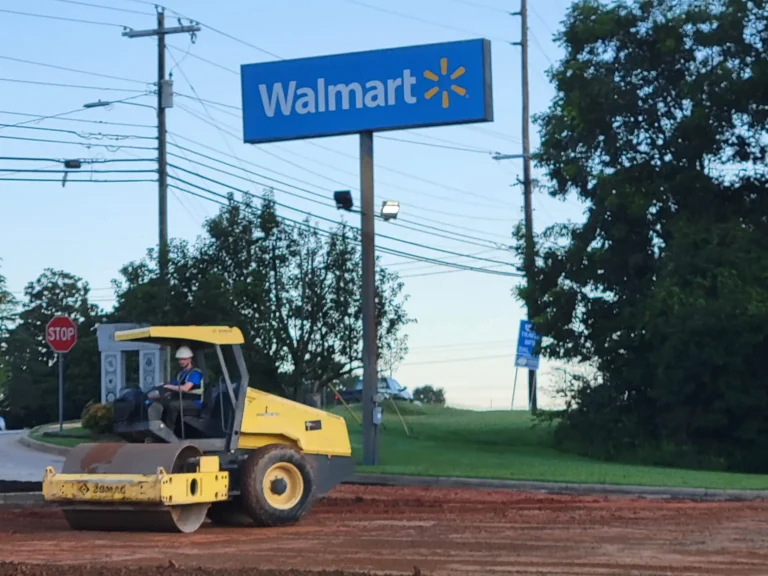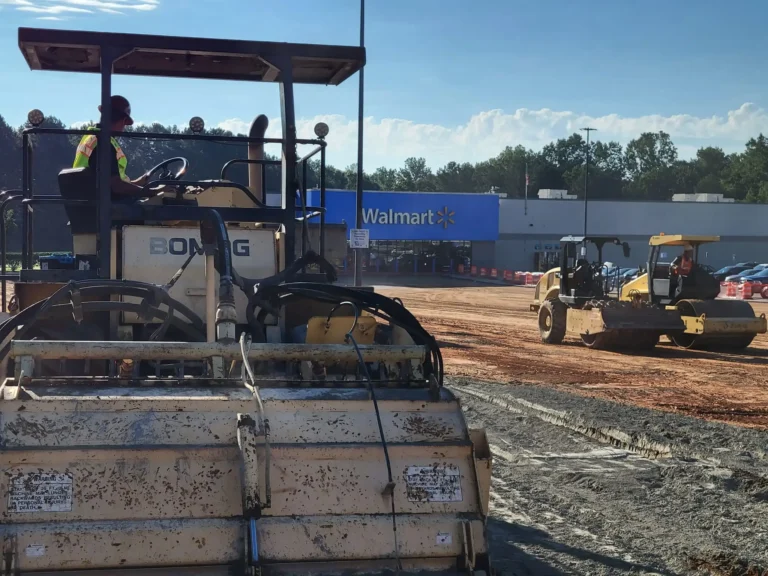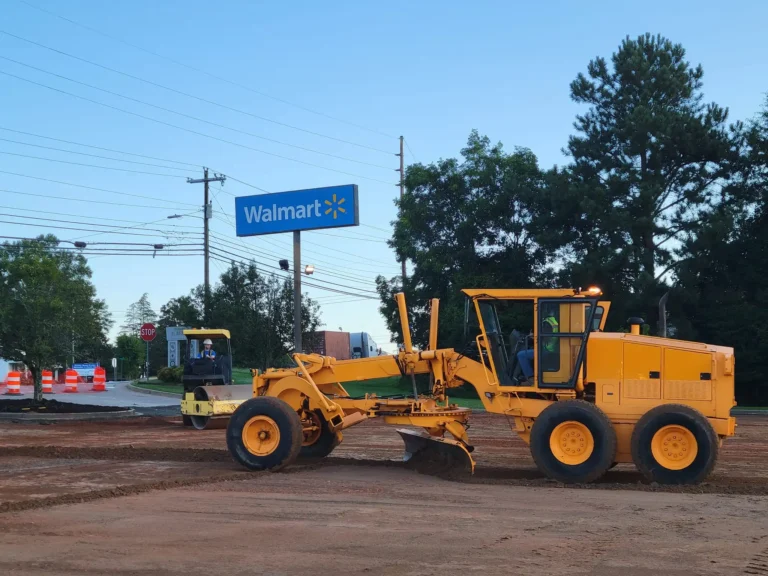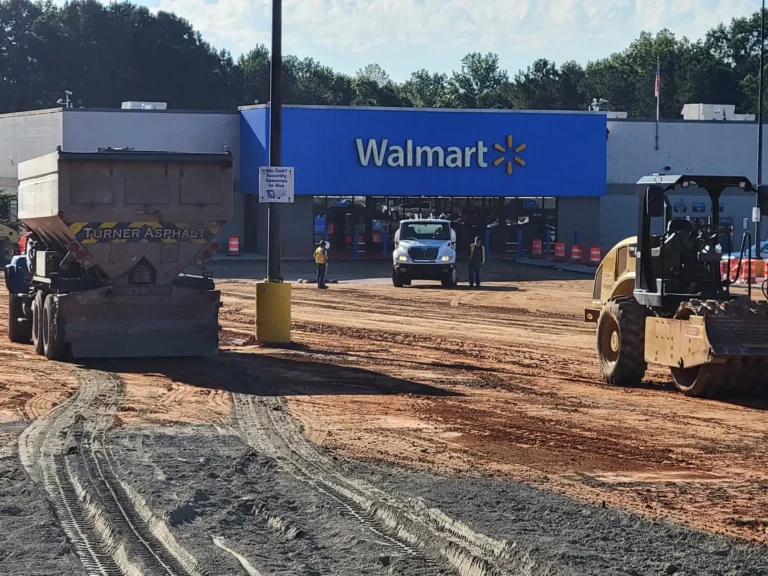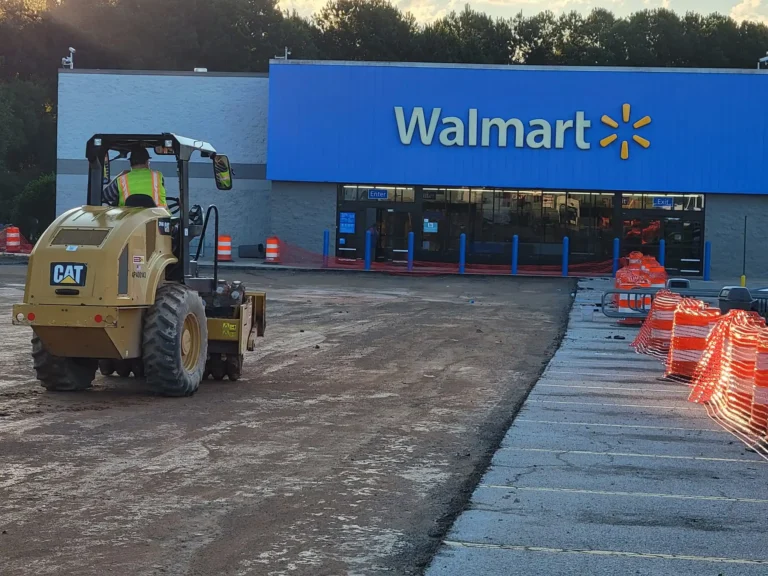Commercial property owners have a lot on their plates; the overall improvement of the property is always a priority. This is why parking lot maintenance must not be forgotten. The importance of parking lot maintenance stems from:
- Making a noteworthy first impression: The customer’s perception of the property’s curb appeal.
- Safety: Limiting tripping hazards and accidents.
- Cost savings: Preventing the need for expensive repairs.
- Longevity: Extending the life of the pavement/investment.
Commercial properties of the Midwest have to deal with freeze and thaw cycles, rainfall, and extensive traffic—all of which can significantly impact the pavement’s condition and longevity.
We’re going to highlight the ins and outs of parking lot maintenance so you have the knowledge and resources to set your commercial property up for success.
Common Signs Your Parking Lot Needs Maintenance
There are several common signs property owners need to keep an eye out for when it comes to their paved surfaces. Understanding what to look out for allows for prompt action that can prevent the need for costly repairs and further damage.
Your parking lot most likely needs maintenance if these signs are present:
Cracks and Drainage Issues
Cracks are among some of the most common signs of damage across paved surfaces. The type of damage to look out for is linear cracks, alligator cracking, and potholes. Damages such as these can seem minimal, but they can be problematic, especially if they’re neglected.
Drainage capabilities are an essential aspect of parking lots. Occurrences of standing water and blocked inlets are clear signs of drainage failure and require immediate attention.
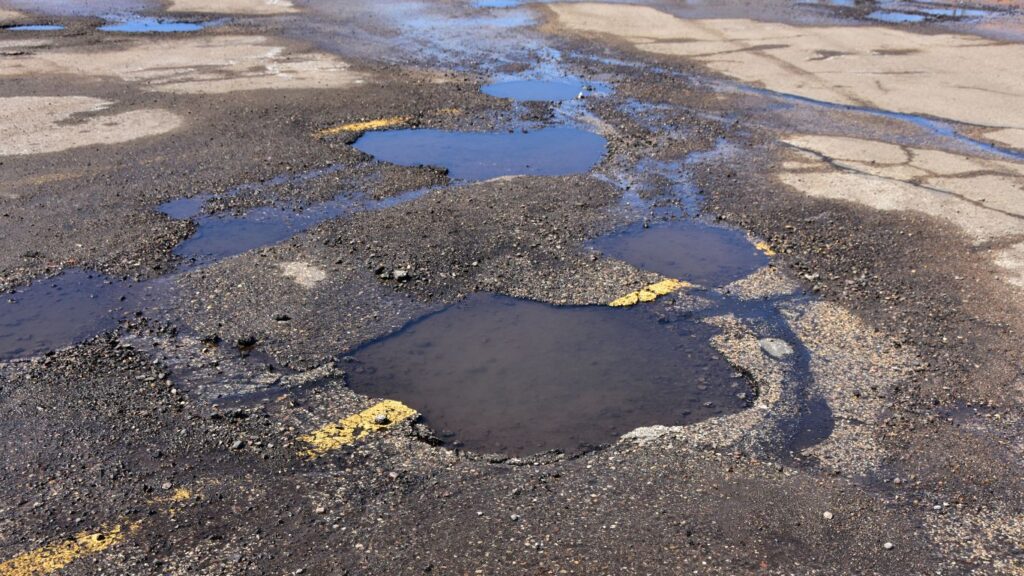
Fading Lines and Striping
The lines and striping of a parking lot are of utmost importance in maintaining accessibility, functionality, and navigation. As lines and striping become faded over time, they’re less likely to comply with ADA regulations and can create traffic flow and safety issues.
Potholes and Surface Wear
One of the most glaring signs is the presence of potholes. When water seeps into the pavement’s current cracks, the water can go through a freeze-thaw cycle. As the weight of vehicles passes over, the surface breaks down, creating a pothole.
Parking lots with potholes present are a liability concern—no property owner wants this. Potholes can cause damage to cars, lead to accidents, and even cause someone to trip, potentially resulting in an injury.
Common Signs Your Parking Lot Needs Maintenance
Crack Sealing
Schedule crack sealing services before winter freeze and thaw cycles start, or as soon as you notice them beginning to form in your parking lot. Crack sealing involves applying a hot, rubberized crack filler to the cracks, preventing further issues from developing, saving you money in the long run.
Sealcoating
Reach out to a sealcoating company for services every 2–3 years to prolong the life of your surfaces. Sealcoating helps protect against weather and wear, and also offers benefits such as UV protection, waterproofing, and protection from oils.
Pothole Repair
Notice potholes in your parking lot? Turn to a parking lot repair company to address the issue. Quickly addressing pothole repairs helps prevent accidents, reduces liability concerns, and restores the appearance of your paved surface.
Line Striping
A parking lot’s striping and markings can fade over time. By scheduling line striping services every 1–2 years, line markings can receive a fresh new coat of paint, maintaining compliance with ADA guidelines for handicap spaces.
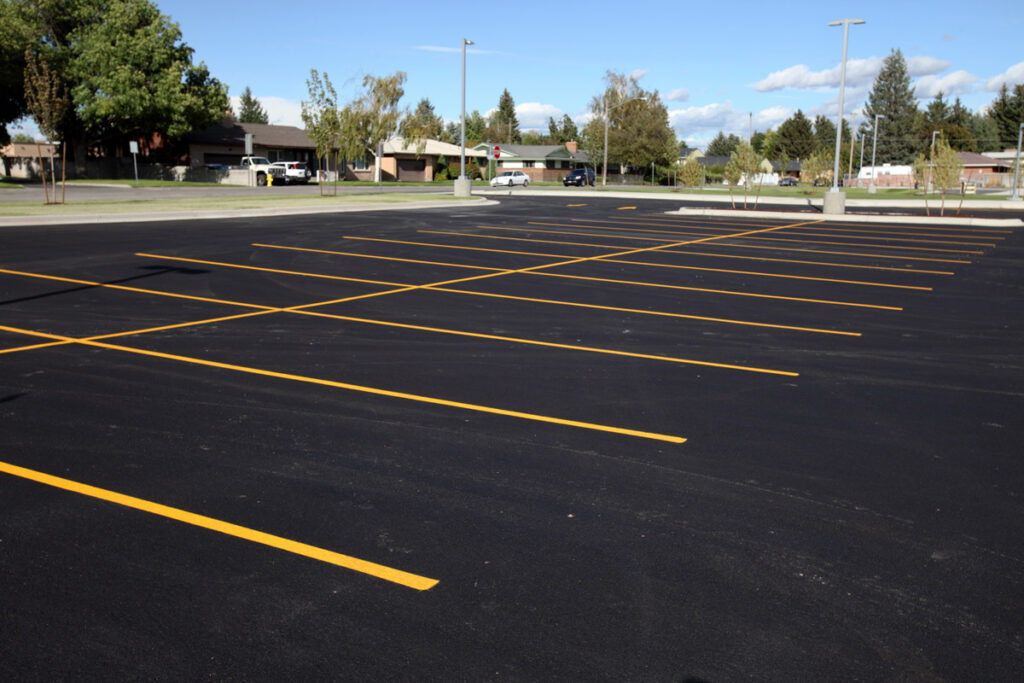
Drainage System Checks
Make sure you’re conducting routine checks of your parking lot’s drainage system. Inspect grates, inlets, and drains for debris and clear accordingly. These routine checks help prevent standing water and subbase erosion.
Regular Inspections
Lastly, scheduling regular inspections throughout the year to keep your parking lot’s condition at the forefront. Especially before and after the winter.
Here’s how to treat seasonal inspections:
- Spring: Inspect your parking lot for any new cracks and potholes that may have developed due to the winter’s freeze and thaw cycle.
- Summer: Depending on whether it’s needed or enough time has passed, schedule sealcoating and line striping services. The warmer months of the year allow for sufficient application.
- Fall and Winter: During this period of the year, routinely clear leaves and debris from drains and keep an eye out for developing cracks or damage.
Final Tips for Maintaining Your Parking Lot
Rounding out the overview of parking lot maintenance, here are some helpful tips to incorporate for your property:
- Keep your paved surfaces clean of debris and oil stains
- Schedule regular assessments
- Invest in quality materials and professional maintenance from the start
Get Help from a Trusted Paving Company in Greater Cincinnati
Time to schedule parking lot maintenance services? Contact Cincinnati Asphalt for a free estimate—we can help curate a parking lot maintenance plan to keep your property in shape.
Frequently Asked Questions About Parking Lot Paving Maintenance
How often should I perform parking lot maintenance?
As a general rule of thumb, you should be scheduling parking lot maintenance services every 1–2 years.
What are the key benefits of regular parking lot maintenance?
Regular parking lot maintenance yields key benefits like improved safety, enhanced curb appeal, cost savings, and extension of the pavement’s lifespan.
How much will it cost to maintain my parking lot?
The cost of maintaining a parking lot largely depends on the size of the lot and the services required. Typically, rates are based on a per-square-foot basis.
What should be included on my maintenance checklist?
Your maintenance checklist should include inspecting your parking lot for damages, prioritizing the most pressing concerns, routinely clearing debris, and scheduling maintenance services every 1–2 years or as needed.
Are there legal requirements for maintaining my parking lot?
Yes, your parking lot must comply with ADA requirements and local zoning ordinances.
How do I create an effective parking lot maintenance plan?
Parking lot paving companies like Cincinnati Asphalt can help you create a maintenance plan that makes the most sense for your lot’s and property’s needs. Here’s an example of what an effective maintenance plan looks like:
- Assessing the condition of the parking lot
- Developing a schedule for regular maintenance, such as cleaning and inspections
- Implementing the plan to fit your schedule best
- Review the plan routinely to see if adjustments are needed

